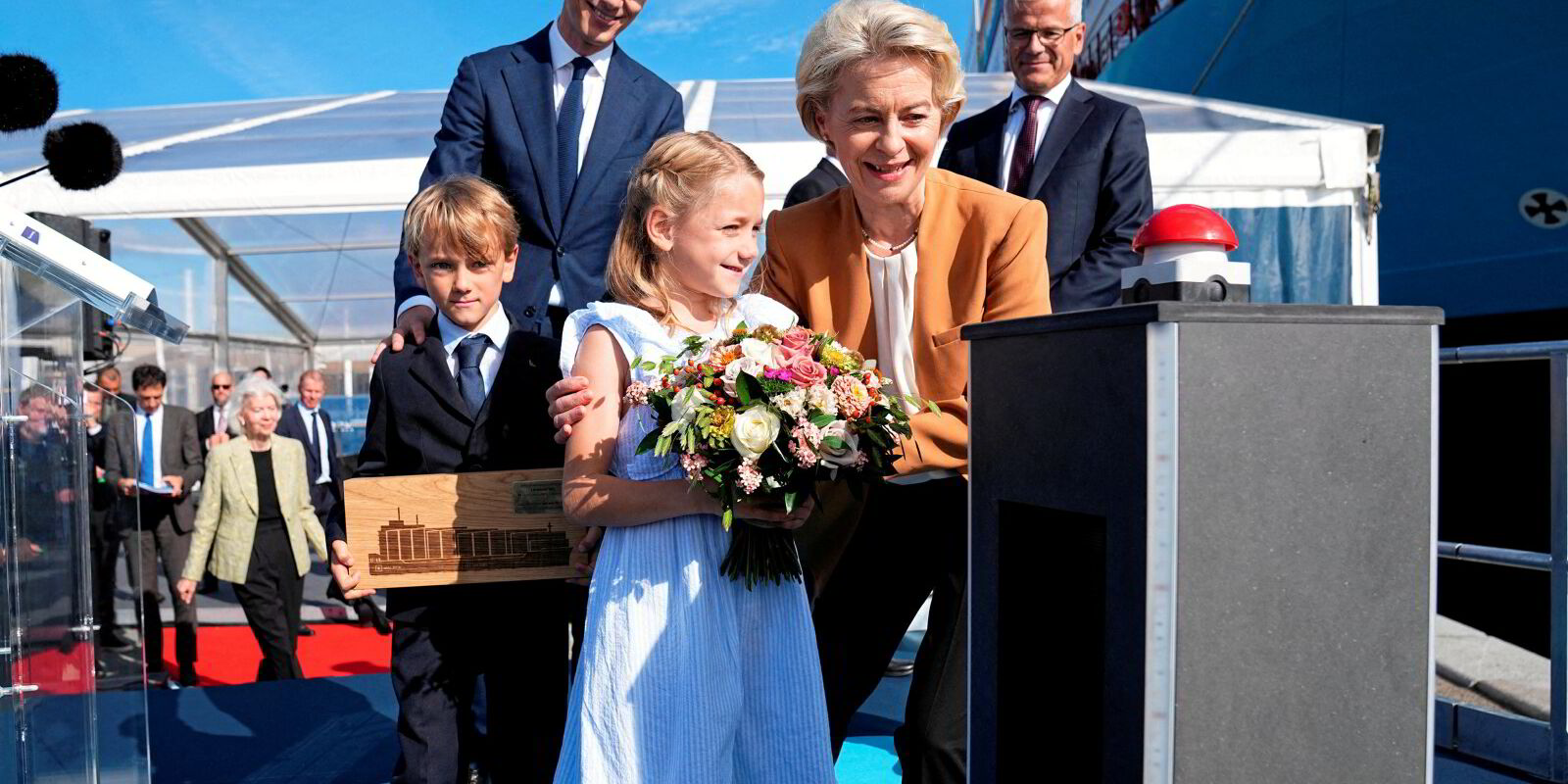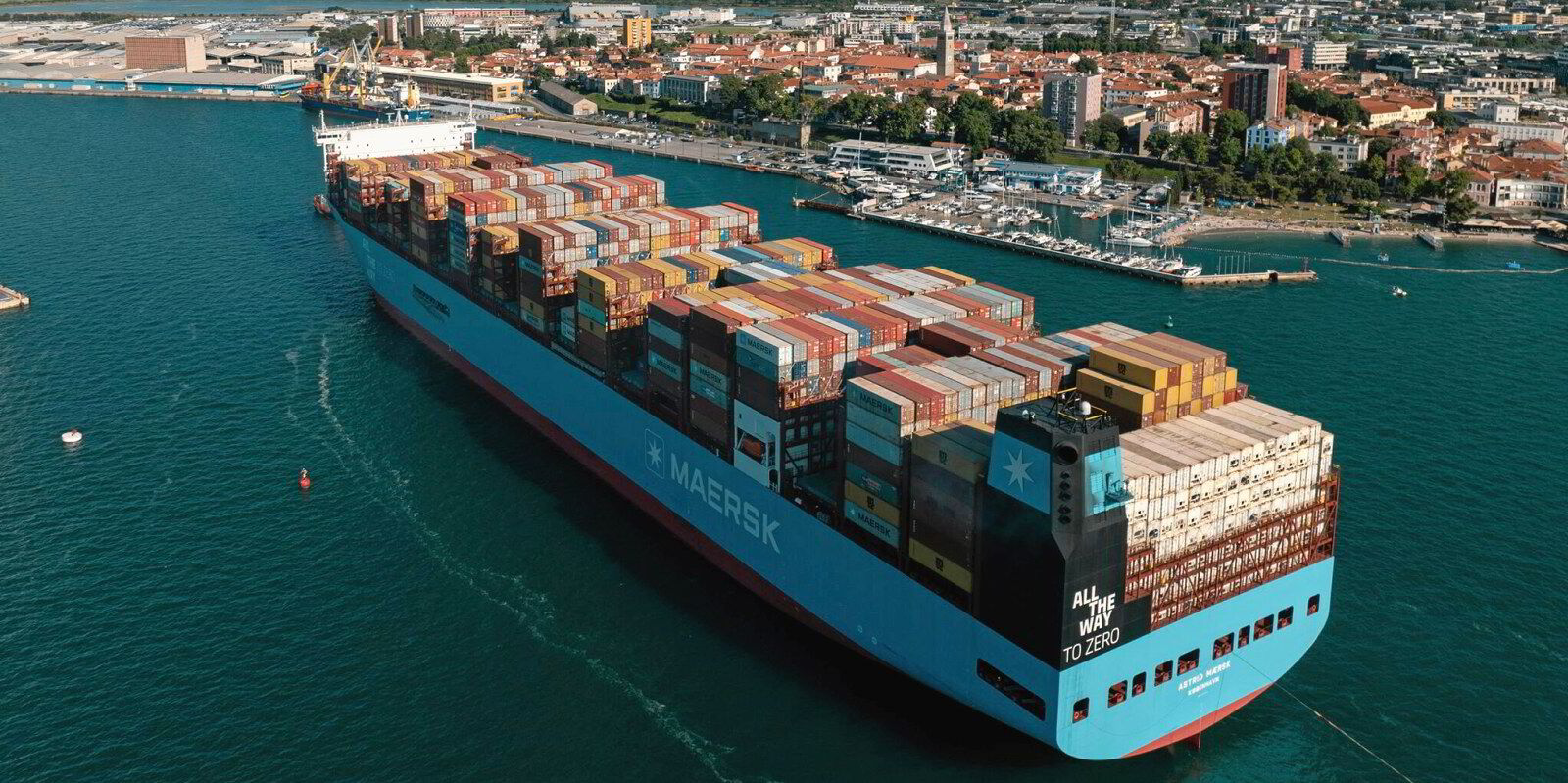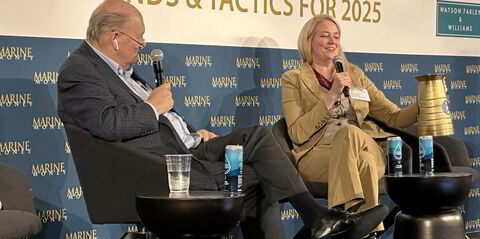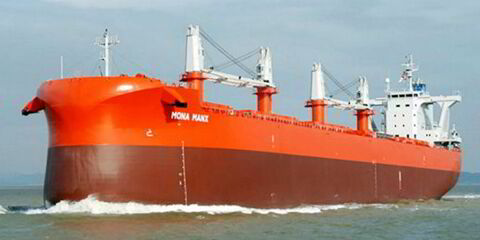Last year, AP Moller-Maersk took delivery of the world’s first methanol-fuelled container ship, with the presence of European Commission president Ursula von der Leyen at the christening showing the high profile of its move to greener shipping.
The Danish container shipping giant’s more recent steps to book a swathe of vessels that are instead fuelled by LNG are likely to garner considerably less fanfare and could inspire the chagrin of environmental groups.
Copenhagen-listed Maersk is not alone in finding itself attracted to the renewed allure of powering shipping by natural gas, which has so far this year taken the crown from methanol as the most popular alternative fuel for the industry.

That is despite green groups’ contention that methane, the main constituent of the LNG, is a potent greenhouse gas that leaks from vessels and the upstream supply chain, and that should be written off as a fuel for shipping.
After all, if methane emissions must be reduced in the climate emergency, increasing demand for the fuel by building more ships does not help that goal.
But this year’s ordering shows LNG is here to stay, at least for some time, and highlights the importance of efforts that are underway — and that should be intensified — to tackle methane emissions from ships that use fuel, and from the natural gas supply chain.
Clarksons data shows that while methanol-fuelled orders have slipped back this year, there were 109 LNG-capable vessels ordered in the year to June. If that pace of ordering is annualised, it would be roughly in line with the 221 LNG-fuelled newbuildings booked in 2023.
Maersk is poised to add to that after issuing a request for proposals to shipbuilders for a string of 12 vessels of about 16,000 teu. The Danish liner operator also has been linked to 10-year charters of five similarly sized vessels ordered by SFL Corp that will run on LNG.
The company had previously sworn off LNG, saying that it would rather choose an alternative fuel that is carbon neutral from the get-go.
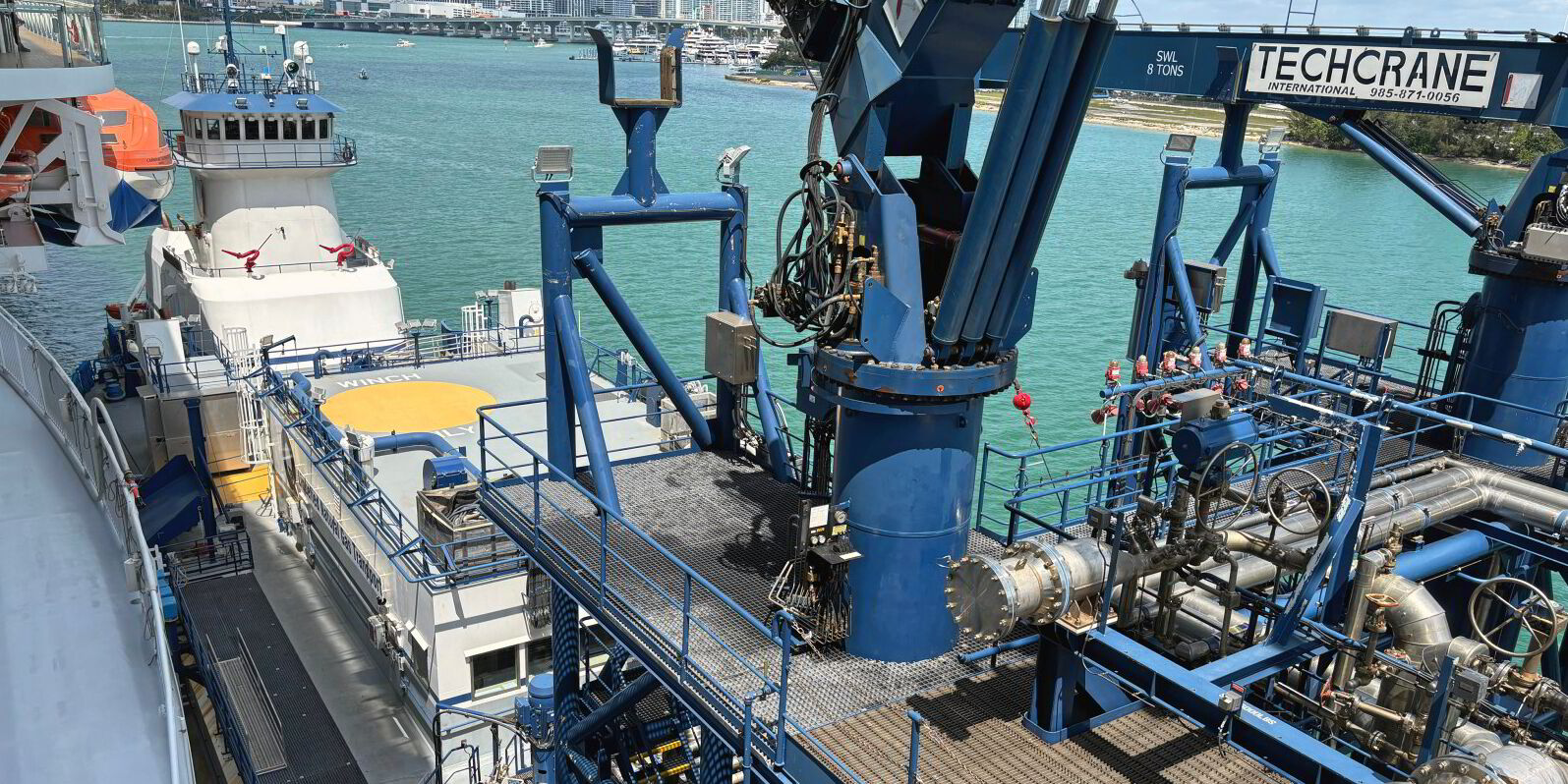
But the problem with methanol is that it is also a fossil fuel, unless a buyer can obtain the green variety — made from biological waste or renewable electricity and combined with captured CO2 to cancel out that carbon atom in its molecule.
And while Maersk has been a leader in procuring green methanol, the world is still short on biological feedstock or cost-competitive renewable energy, or the electrolysers needed to turn that into fuel at a price shipping will pay.
And without that, most conventional methanol is made from natural gas — meaning it still has upstream methane emissions.
LNG has become more affordable relative to methanol and has an established marine supply chain.
And while methane slip from ships is a problem, there is a growing body of knowledge about how to reduce that.
Given the persistence of LNG as a shipping fuel, efforts to tackle those emissions should be a priority.
Methane Abatement in Maritime Innovation Initiative (MAMII), which is made up of some of LNG-fuelled shipping’s biggest names, recently issued a report detailing two years of research into emissions of the greenhouse gas from vessels and their supply chain.
And the group, led by Lloyd’s Register spin-off Safetytech Accelerator, found more technical solutions than it expected to encounter.
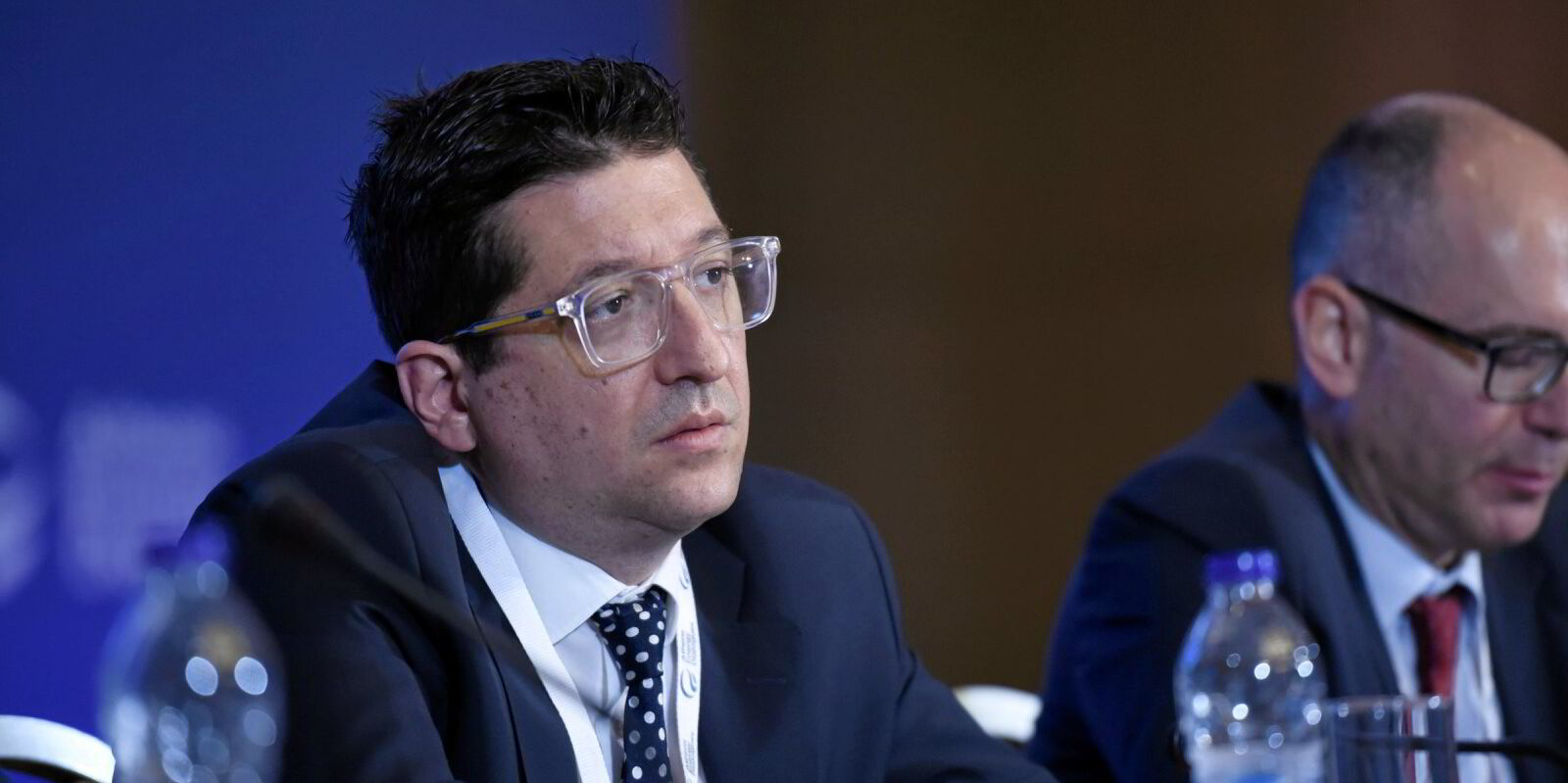
But MAMII also found a yawning gap: a lack of measurement standards to accurately calculate methane emissions.
It also called for regulations to address methane and methods to validate the upstream pollution of the greenhouse gas, also known as the well-to-tank emissions.
All of those measures are aimed at making it possible for a regulatory framework to incentivise shipowners to adopt technologies that abate methane, such as higher-pressure engines, or operate their LNG-fuelled ships in a way that reduces emissions of methane.
Accurate measurement and a robust regulatory framework would also make it possible to weigh the true climate impact of LNG against the other fuels on the menu, and would help authorities a price on emissions that reflects the cost of that impact.
And that brings us to a key point by MAMII that may have gone overlooked.
Methane has 28 times more warming potential over the 100-year timescale that has historically guided regulation, but its climate impact is far higher over a 20-year period. The International Maritime Organization is considering using a 20-year timescale instead of just the century-long measure, and the European Union has not yet committed, according to the report.
“Focusing on the 20-year timescale would highlight its more immediate climate impact,” the group said.
As each year passes, the goal of halting global temperature rises at 1.5C becomes more elusive.
The only way for LNG to play a part in getting there is for its emissions to be accurately measured and subjected to regulations that incentivise methane pollution reductions in a way that makes a greater impact in the near term.
Read more
- Shipping facing $1.46bn in penalties from next European carbon emission crackdown
- Why methanol shipping pioneers are giving LNG fuelling a second look
- Maersk CEO: Europe ‘must be bolder’ in green fuel revolution as US and China race ahead
- Big deals and fierce competition: How Danske Bank is tackling shipping in a bull market
- Berge Bulk installs rotor sails on Valemax as it doubles down on wind power
